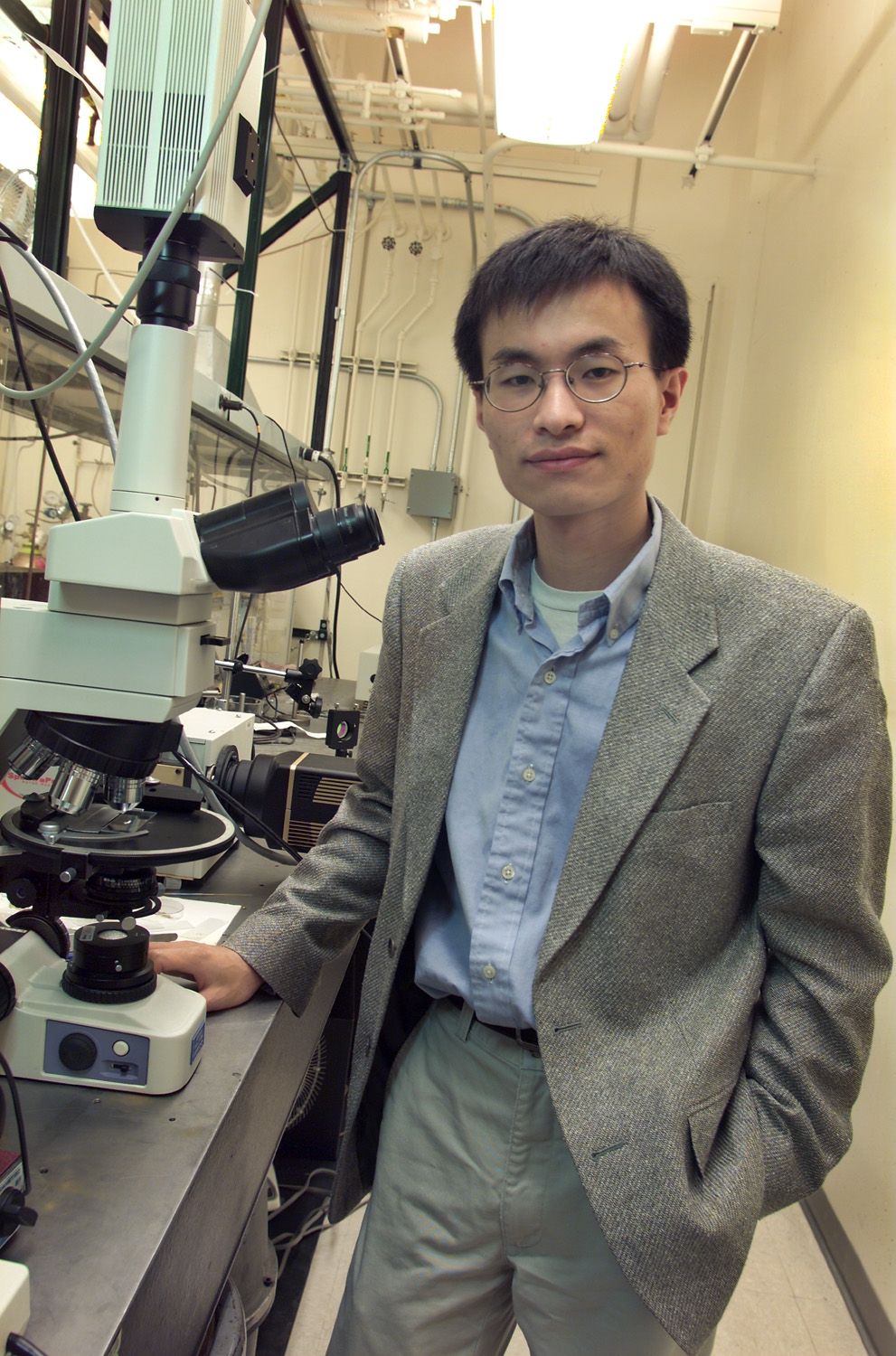
Rishika Kenkre
University of California, Berkeley researcher Peidong Yang has created an artificial mechanism that mimics the system of leaves, producing oxygen in the process of photosynthesis. Through the use of nanowires with developed bacteria, fuel can be created without the addition of carbon dioxide.
This is a great feat, as photosynthesis is extremely hard to copy in the lab. During the late 1970s, researchers at the University of Tokyo demonstrated that a solar-powered system could split water into its separate elements of hydrogen and oxygen. The research on this topic stopped for a while, but then resurged again as a result of the focus on climate change and newer technologies.
“Carbon dioxide concentration is increasing,” Yang said in an interview with The Bottom Line. “It has already passed 400 ppm. In the latest meeting at Paris, all countries agreed we need to control carbon emission and reduce carbon dioxide. The problem with the traditional chemical and oil industry is taking fossil fuels from underground; they use energy and emit carbon dioxide to the environment. That’s the fundamental reason why carbon dioxide is increasing in the past hundred years.”
According to Yang, using this research in particular will allow for the development of a totally carbon-neutral solution for the oil and chemical industry. This is because it harvests sunlight and captures carbon dioxide in order to convert them into useful chemicals to be used in those fields. But because the carbon dioxide is recycled, the only thing really being used is sunlight.
His lab is developing a more complex design of the basis that was made during the 1970s at the National Renewable Energy Laboratory. The device consists of two sensitive electrodes coated with nickel, an expensive material, that splits water into oxygen and hydrogen. The initial mechanism had flat electrodes, but Yang decided to utilize bands of nanowires made from silicon and additional semiconductors. As a result of the nanowires covering more surface area of the flat electrodes than the original device, they can contain more of the catalyst. Therefore, the rate of the reaction is increased.
“The silicon nanowire has a photon capsule that will absorb the sunlight and generate the electrons to feed through the bacteria,” Yang said. “Then, the bacteria will take in carbon dioxide and use the electrons in reduction chemistry, giving us acetate. In the device, we have the semiconductor that takes care of the water oxidation and gives us oxygen. Essentially, the net of reaction is carbon dioxide plus water plus sunlight, producing acetate plus oxygen.”
Still, Yang knows that more work needs to be done with photosynthesis in order to apply his research on a larger scale.
“I don’t think we have the solution yet,” he said. “We just have the baby-step, demonstrating that our fundamental concept is working; we really don’t have technology yet. Science-wise it is working, but in terms of the final efficiency, the device stability and the cost of the system are unsolved problems. I would say that this is really a baby step in terms of artificial photosynthesis research.”










